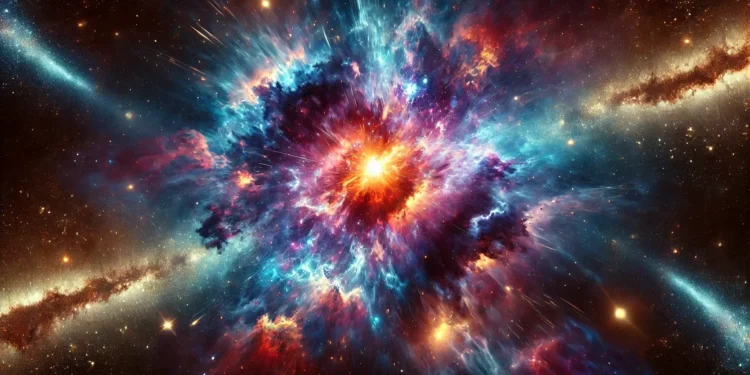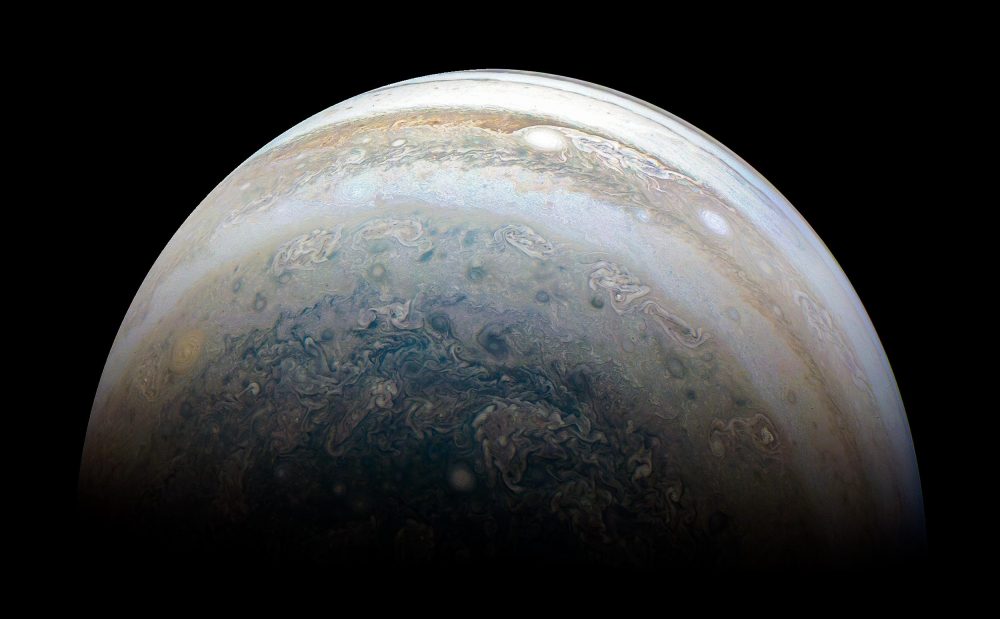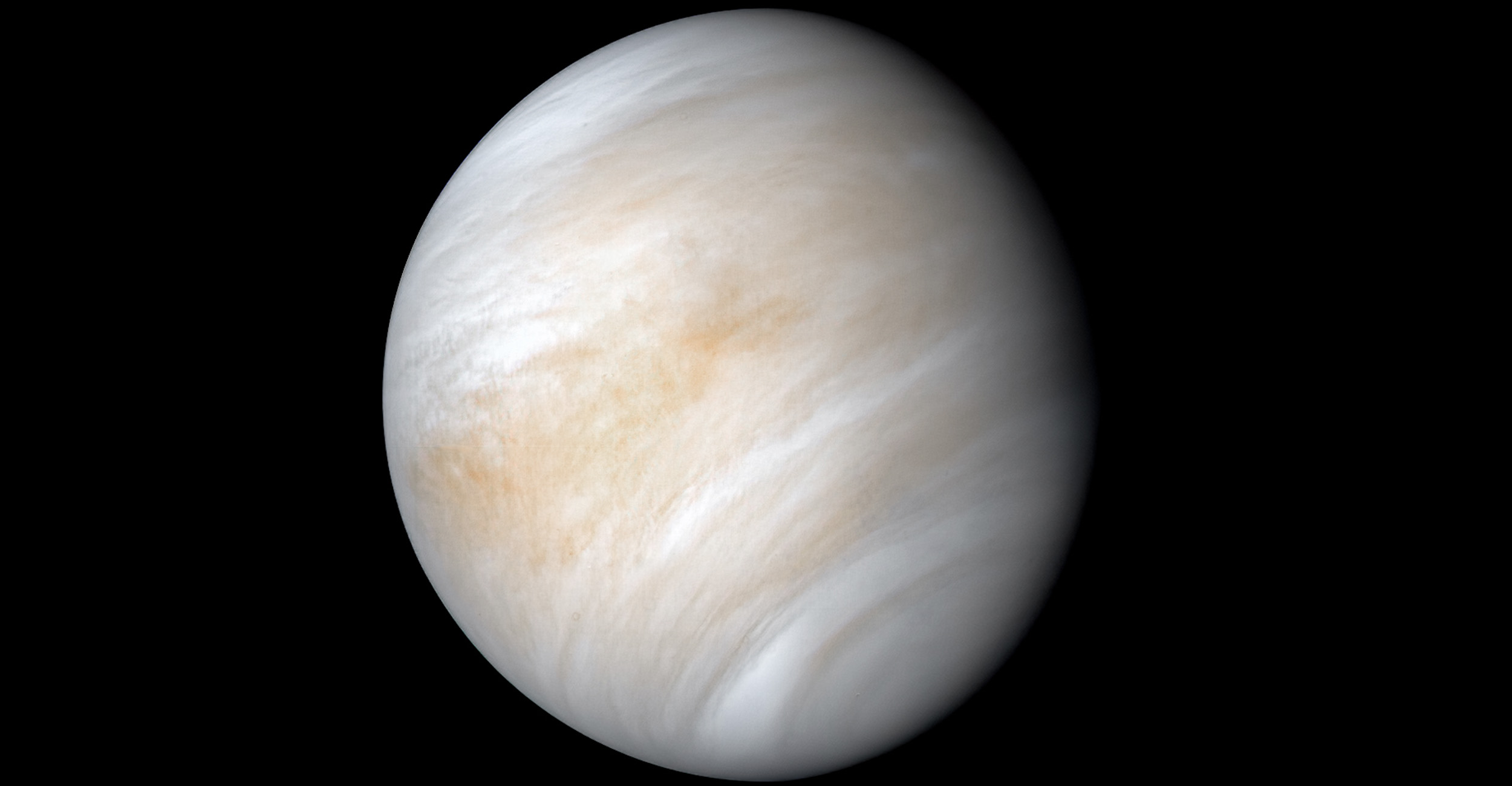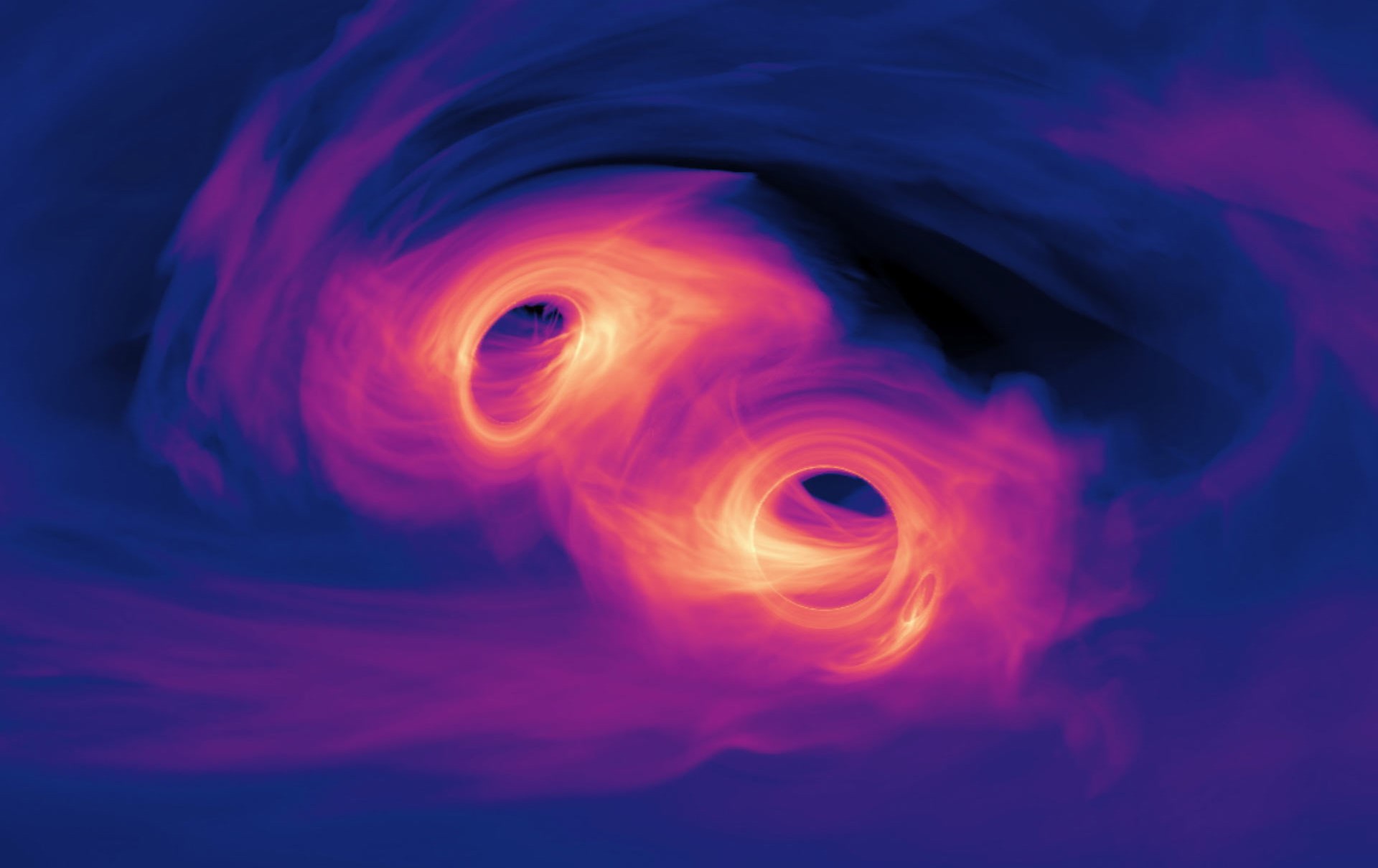A perplexing cosmic explosion spotted by the Einstein Probe spacecraft in April last year has astronomers searching for answers. Initially classified as a high-energy gamma-ray burst, the event—designated EP240408A—appeared to originate from either a neutron star collision or the violent death of a massive star. However, further scrutiny revealed an unexpected twist: EP240408A didn’t align with any known phenomena, leaving scientists to consider whether they had just witnessed something entirely new in the universe.
A Puzzle That Challenges Astronomical Models
Unlike typical cosmic outbursts, EP240408A displayed characteristics that defied classification. The event’s intensity and short duration made it an anomaly among previously observed gamma-ray bursts or tidal disruption events (TDEs), where black holes shred passing stars. This discrepancy led researchers to investigate alternative explanations, including the possibility of a rare jetted TDE—a scenario in which a supermassive black hole’s magnetic forces channel material into high-speed jets of energy.
To unlock the mystery, an international team of scientists launched an extensive observational campaign, leveraging data from space-based instruments like NASA’s NuSTAR (Nuclear Spectroscopic Telescope Array) and NICER (Neutron Star Interior Composition Explorer).
“EP240408A ticks some of the boxes for several different kinds of phenomena, but it doesn’t tick all the boxes for anything. In particular, the short duration and high luminosity are hard to explain in other scenarios,” said Brendan O’Connor, a researcher at Carnegie Mellon University.
The Rare Nature of Jetted Tidal Disruption Events
While traditional TDEs occur when supermassive black holes rip apart stars that stray too close, only about 1% of these events generate high-energy jets. The reasons behind this remain unclear, but previous studies suggest it could result from a misalignment between the black hole’s rotational axis and the incoming star’s orbit. As the black hole’s powerful magnetic fields realign the incoming material, they can trigger explosive jets of radiation.
EP240408A’s peculiar behavior has sparked comparisons to gamma-ray bursts, which were first detected in 1967. These cataclysmic explosions—linked to neutron star mergers or the collapse of massive stars into black holes—emit a staggering amount of energy, sometimes outshining the entire universe for brief moments.
“NICER’s ability to steer to pretty much any part of the sky and monitor for weeks has been instrumental in our understanding of these unusual cosmic explosions,” said Dheeraj Pasham, an astrophysicist at MIT.
The discovery of EP240408A is just the beginning. As the Einstein Probe continues its observations, scientists expect to encounter more unexplained events, potentially reshaping our understanding of high-energy astrophysics.
Join the Conversation!
Have something to share or discuss? Connect with us on Facebook and join like-minded explorers in our Telegram group. For the latest discoveries and insights, make sure to follow us on Google News.










